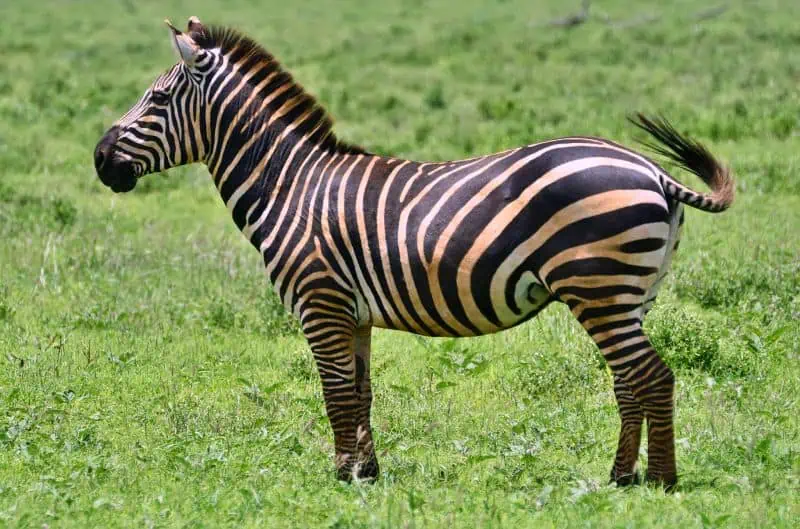Nile crocodile

Scientific name:
Crocodylus niloticusSize:
Up to 6m
IUCN Status:
Least Concern
Weight:
Up to 1000 kg
Share this page
Endangered species
Vervet Monkey
Plains zebra
Malachite kingfisher
Nile crocodile
Goliath Frog
Range
The Nile crocodile can be found in most regions of the african continent, present in various environments within more than 25 countries. This species’ habitat varies between freshwater rivers, lakes, brackish swamps and saltwater mangroves.
Diet
Nile crocodiles are opportunistic predators. Their preys range includes fish, amphibians and birds up large herbivorous mammals such as antelopes and buffaloes.
Description
The Nile crocodile is Africa’s largest predator and second largest reptile in the world after the saltwater crocodile (crocodylus porosus). Very present in various African cultures, the Nile crocodile is the most common crocodile in Africa and one of the most abondant crocodilian species on the planet.
Although often perceived as inert, mouth-gaping baskers, nile crocodiles are very agile and efficient hunters. They are perfect ambush predators, tracking their preys underwater and waiting for the good moment to strike. Their powerful bite, sharp conical teeth and brute strength enable them to take down large animals easily either by drowning them or tearing them apart. Being opportunistic, nile crocodiles are know to attack humans and cause many fatalities every year.
Nile crocodiles have been proven rather social, sharing feeding and resting grounds in groups where the largest individuals are on top of the hierarchy. The mother crocodile is especially protective of its nest and will take care of its babies until they are big enough to protect themselves. Their large array of preys makes these crocodiles a keystone species in the regulation of the aquatic food web and their ecosystem structure. It was also recently discovered that Nile crocodiles, alongside other crocodiles species, do play a role in the seed dispersal of various fruit tree species.
Threats to survival
While the Nile crocodile is fairly common in Africa, the species has been known to suffer from human activities and went locally extinct in some parts of the continent. Amongst the reasons linked to these disappearances, we can name:
- Habitat destruction: despite being very adaptative and resilient, Nile crocodiles heavily rely on freshwater environments to survive. Construction of dams, drying swamps and cutting down mangroves have proven particularly damaging to the species’ populations. This can also push crocodiles close to human settlements, causing conflicts in which fatalities can happen.
- Overhunting and poaching: hunted for its skin and meat, Nile crocodiles populations have been drastically reduced in some countries over the years. Preventive extermination of entire populations were also conducted in fear of attacks, leasing to dramatic ecological results.
- Climate change: climate change has a unique effect on the very resilient Nile crocodiles, as it affects their sex. While in the nest, the sex of the individuals will be determined by the temperature at which the eggs were exposed. If the nest temperature is above 31°c, only males will hatch, leading to variations in the populations.
Conservation efforts
Rethinking infrastructures: By maintaining continuity in freshwater habitats, wild populations of crocodiles and various freshwater species would be allowed to thrive effectively.
Community engagement: Raising awareness among local communities about the importance of preserving the Nile crocodile and their ecosystems, by hunting, minimizing habitat destruction and risks while living close to this predator.




